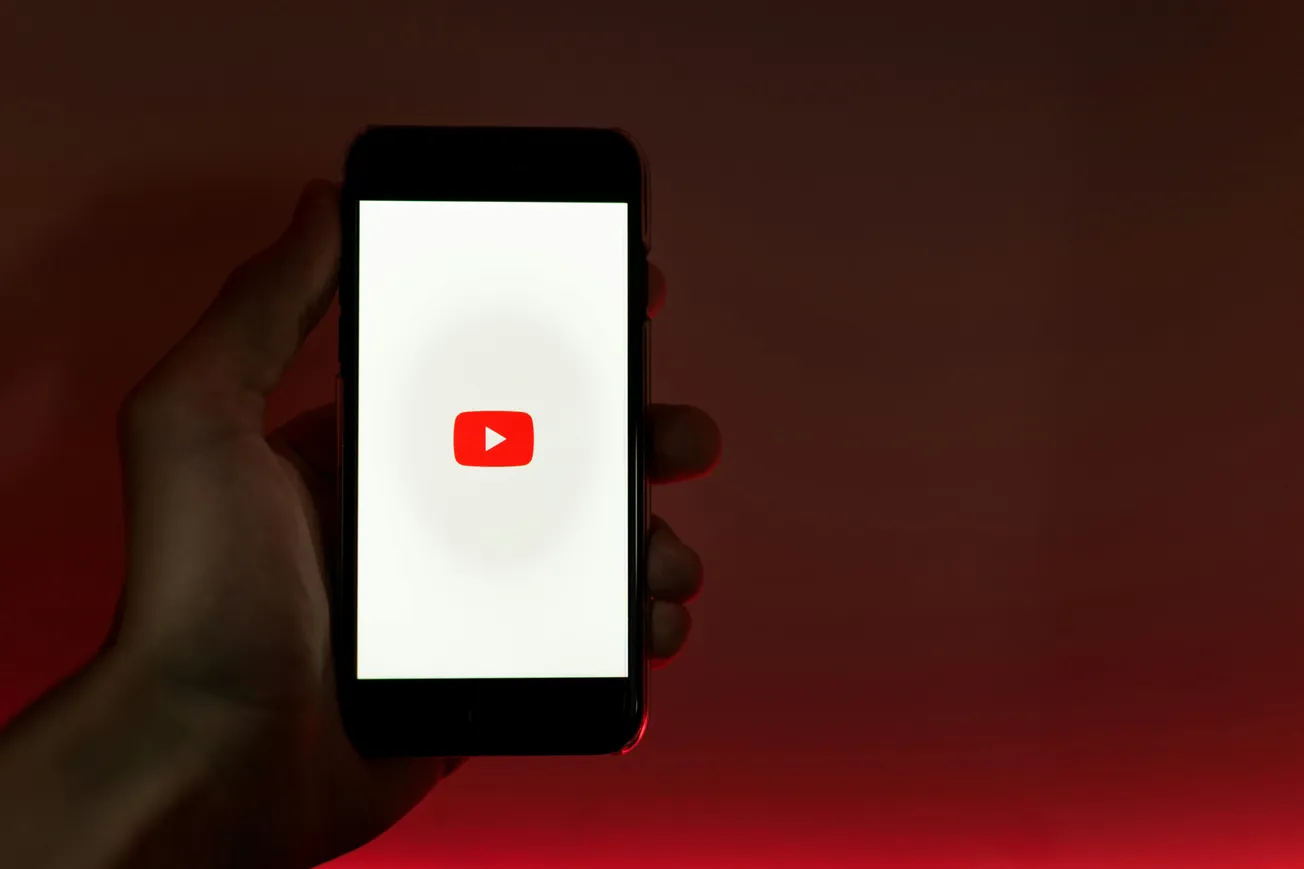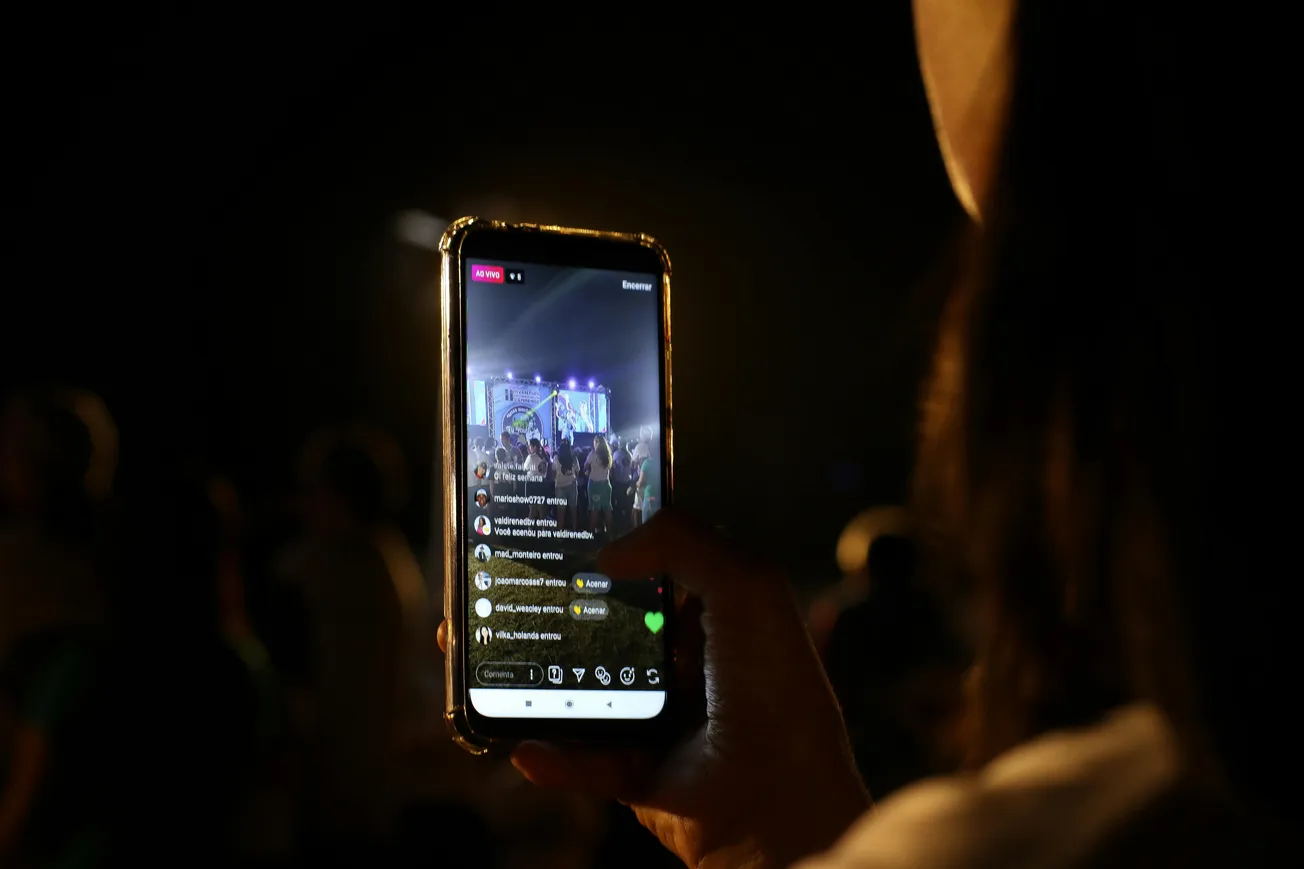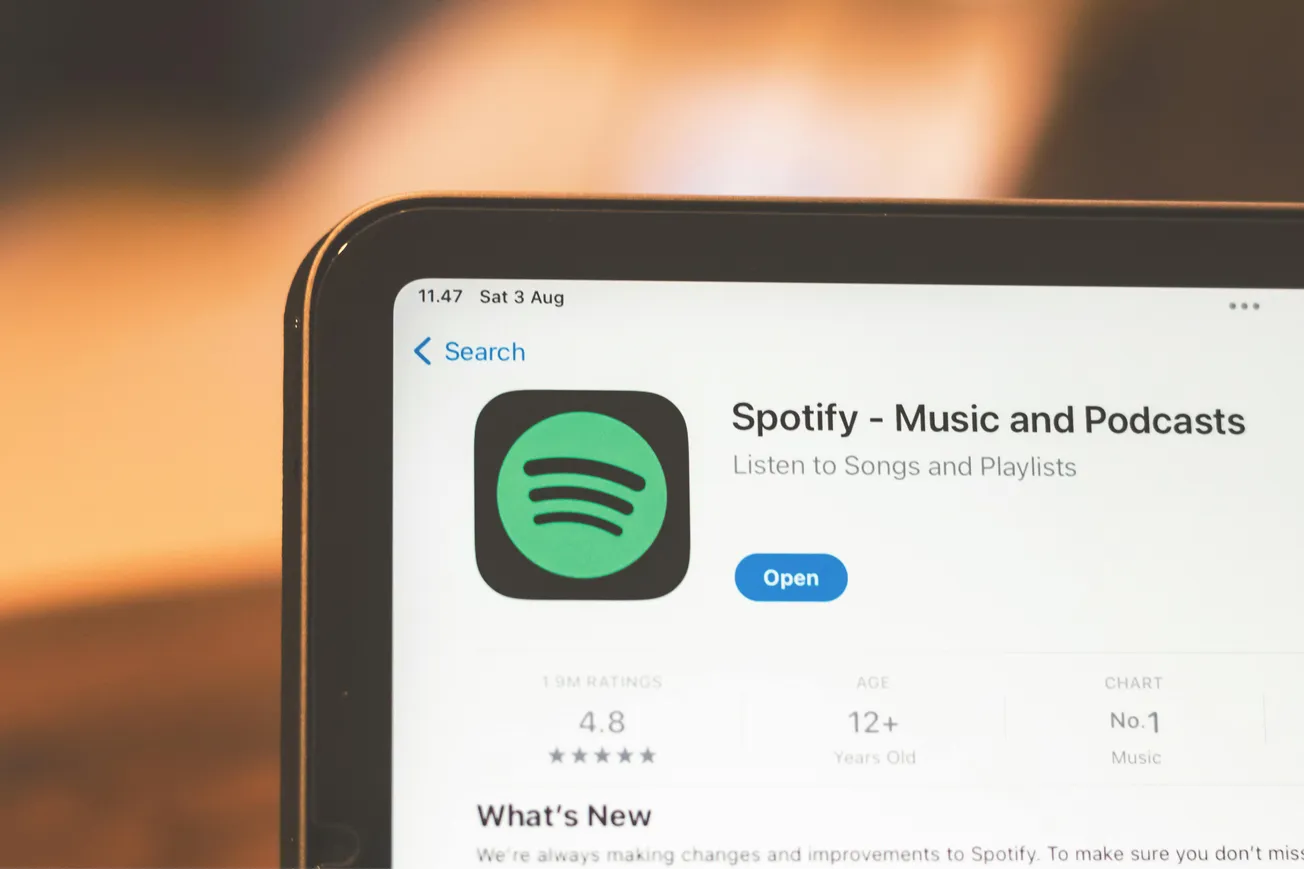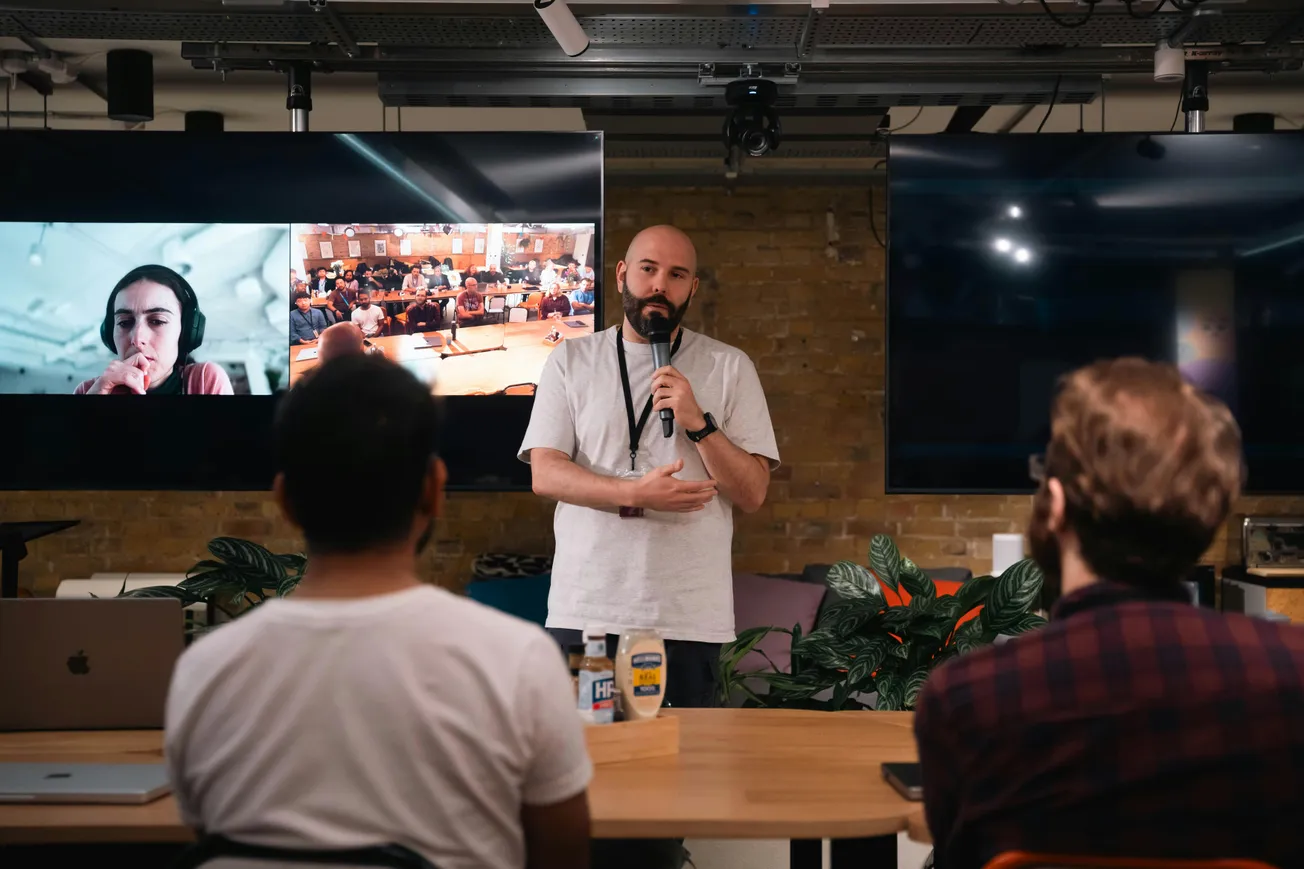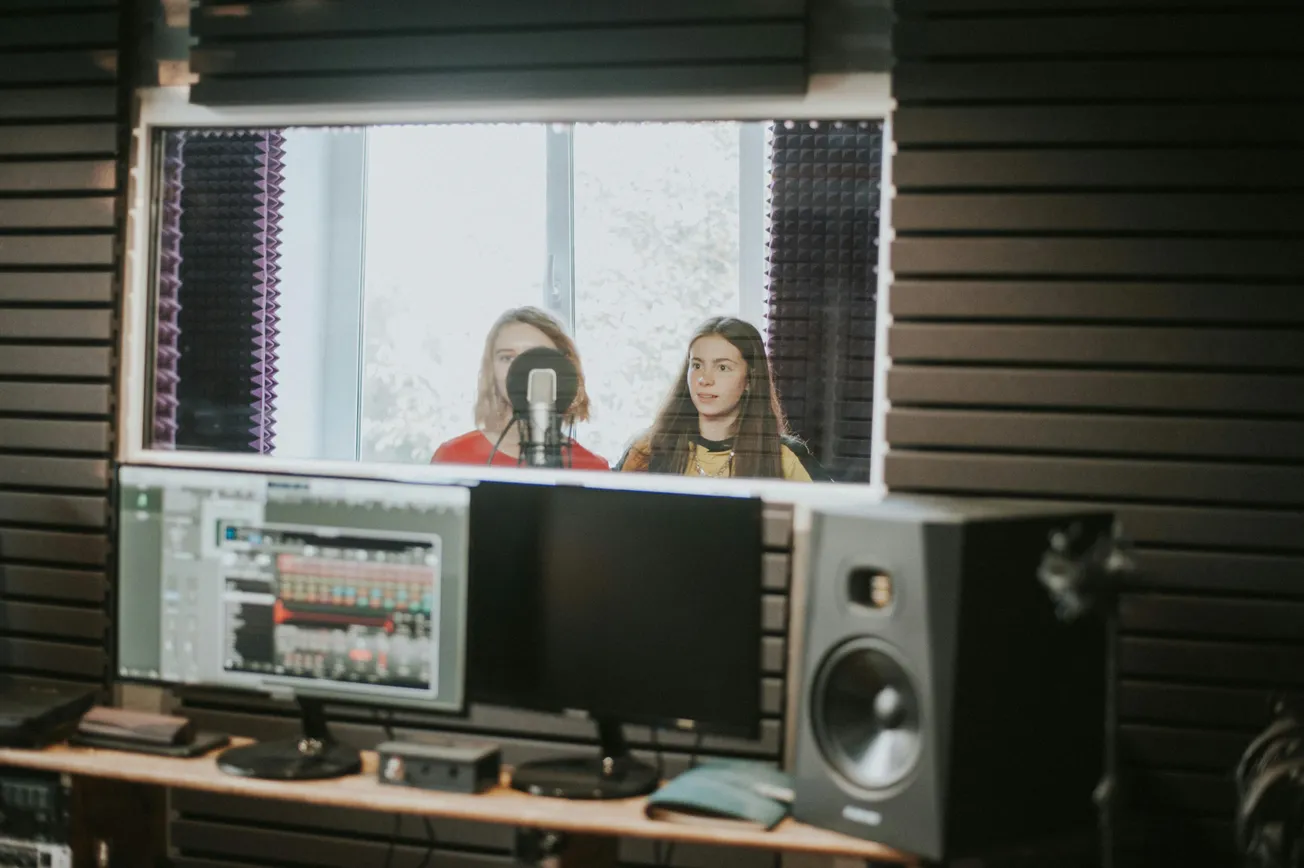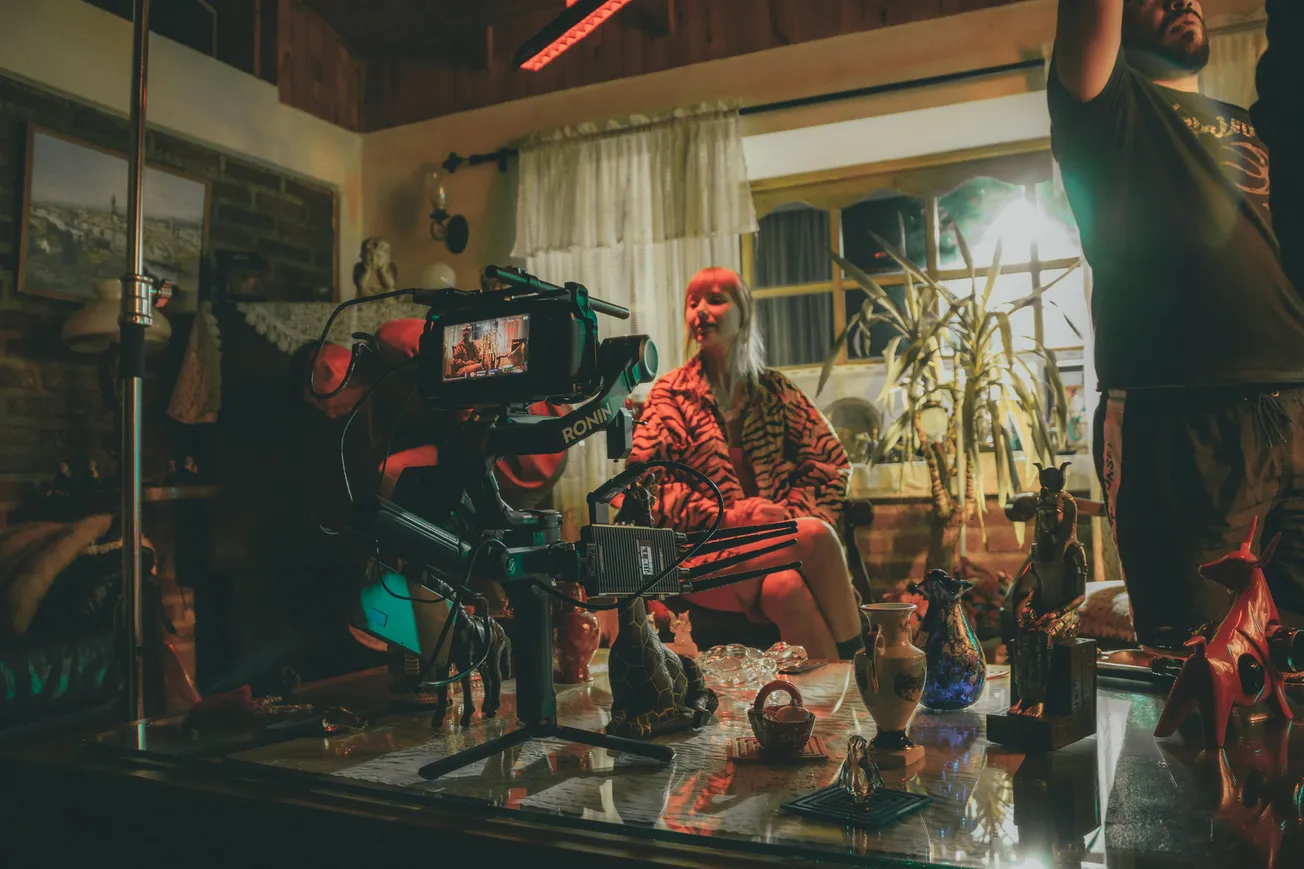YouTube is rolling out stricter monetization rules aimed at curbing the flood of low-effort, AI-generated and repetitive videos. This move highlights the platform’s effort to preserve content quality and maintain advertiser trust in the age of generative AI.
Starting July 15, 2025, channels that rely on mass-produced, repetitious or inauthentic content will face reduced ad revenue under new rules for the YouTube Partner Program (YPP). The policy targets creators who use synthetic voiceovers, unedited stock footage compilations or simple text slideshows to churn out high volumes of content with minimal effort.
YouTube is also introducing a new age restriction on livestreaming. As of July 22, 2025, users must be at least 16 years old to stream solo. The company said this aims to enhance platform safety while maintaining creative freedom for young users through supervised options.
“This kind of content has been ineligible for monetization for years,” YouTube editorial head Rene Ritchie said, "and it's content that viewers often consider spam."
These updates come amid a surge in AI-powered content generation tools, making it easier than ever to create videos at scale. While AI is a powerful aid for editing, voice generation and storytelling, it also risks flooding platforms with repetitive, low-value content. YouTube’s policy seeks to strike a balance where creators can still use AI, but the final product must be original and engaging.
What Counts as Low-Quality or Ineligible Content?
YouTube explicitly cites examples of content that may lose monetization eligibility:
- Slideshows with minimal or no original commentary
- Text-to-speech voiceovers reading non-original text
- Compilations of third-party clips with no significant transformation
- Looped or auto-generated music with static visuals
These types of videos often offer little new value to viewers and can frustrate advertisers looking to reach engaged audiences. The crackdown is meant to protect both advertiser trust and viewer satisfaction, which are crucial to the platform’s long-term business model.
Why It Matters for Content Creators and Businesses
This policy shift is not just about policing spam. It is a clear signal that authenticity is increasingly valuable in digital media. For content creators, marketers and businesses using YouTube:
- Original content will rank and monetize better. Investing in scripting, editing and on-camera work is essential.
- AI can still help if used wisely. Tools for voice generation, captioning and editing are fine when they support high-quality storytelling.
- Brand reputation is at stake. Viewers and advertisers are wary of channels that seem inauthentic or low-effort.
For businesses using YouTube as a marketing channel, these changes underscore the importance of strategy and production value. AI-generated content may help save time, but it can upset audience interest and revenue potential. As generative AI continues to reshape the content creation landscape, platforms like YouTube are setting the ground rules for responsible use.


